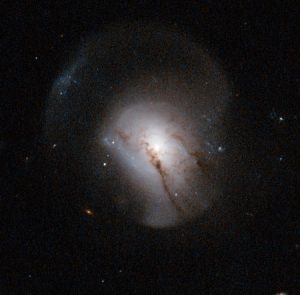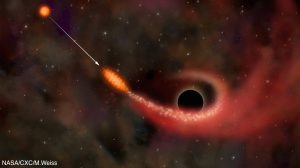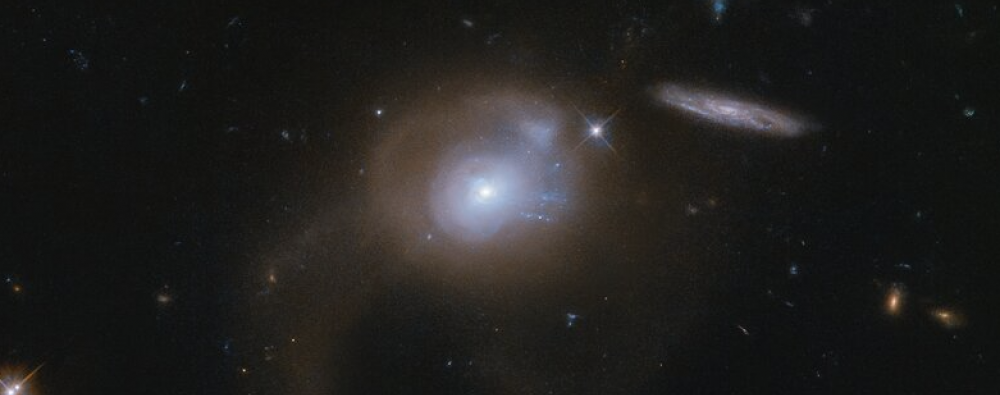The End of Star Formation in Galaxies
 Poststarburst (or E+A) galaxies are a class of galaxies that show evidence of having had a recent “burst” of star formation, which has now ended. These galaxies are in transition between star-forming, blue spiral galaxies like our own Milky Way and red quiescent elliptical galaxies. Despite their lack of current star formation, we have observed that post-starburst galaxies can contain large reservoirs of the molecular gas which should otherwise be fueling new star formation. This gas is depleted during the post-starburst phase and is suppressed from collapse to denser states.
Poststarburst (or E+A) galaxies are a class of galaxies that show evidence of having had a recent “burst” of star formation, which has now ended. These galaxies are in transition between star-forming, blue spiral galaxies like our own Milky Way and red quiescent elliptical galaxies. Despite their lack of current star formation, we have observed that post-starburst galaxies can contain large reservoirs of the molecular gas which should otherwise be fueling new star formation. This gas is depleted during the post-starburst phase and is suppressed from collapse to denser states.
Our research was recently featured on astrobites.
Tidal Disruption Events
 Tidal Disruption Events (TDEs) occur when a star ventures too close to a black hole, such that the tidal forces from the black hole overcome the self-gravity of the star, tearing it apart. The accretion of the star onto the black hole produces a bright, observable flare. My collaborators and I have been researching the host galaxies of these events, finding that many have been observed in galaxies which show signs of a recent starburst. Please see our recent papers here and here. This host galaxy preference can be used to find new TDEs, so we have developed a machine-learning method to identify likely hosts using photometry alone.
Tidal Disruption Events (TDEs) occur when a star ventures too close to a black hole, such that the tidal forces from the black hole overcome the self-gravity of the star, tearing it apart. The accretion of the star onto the black hole produces a bright, observable flare. My collaborators and I have been researching the host galaxies of these events, finding that many have been observed in galaxies which show signs of a recent starburst. Please see our recent papers here and here. This host galaxy preference can be used to find new TDEs, so we have developed a machine-learning method to identify likely hosts using photometry alone.
Why does the TDE rate depend on the recent star formation history of galaxies? We used HST imaging to test several possibilities, finding TDE host galaxies have high stellar densities down to scales < 100 pc. These large central stellar densities may drive a high rate of TDEs.
Read more about TDE host galaxies in our recent review in Space Science Reviews.
Our work was recently featured in New Scientist and AAS Nova.

